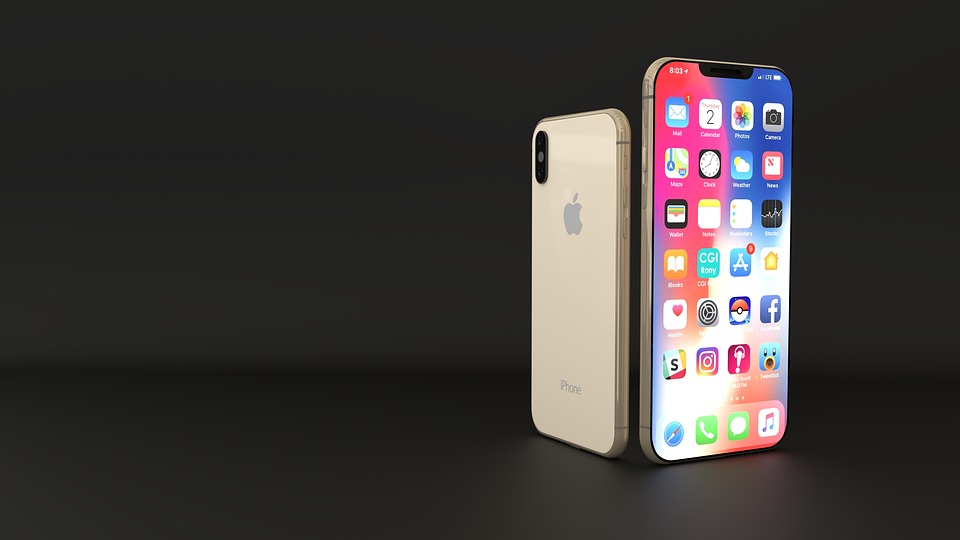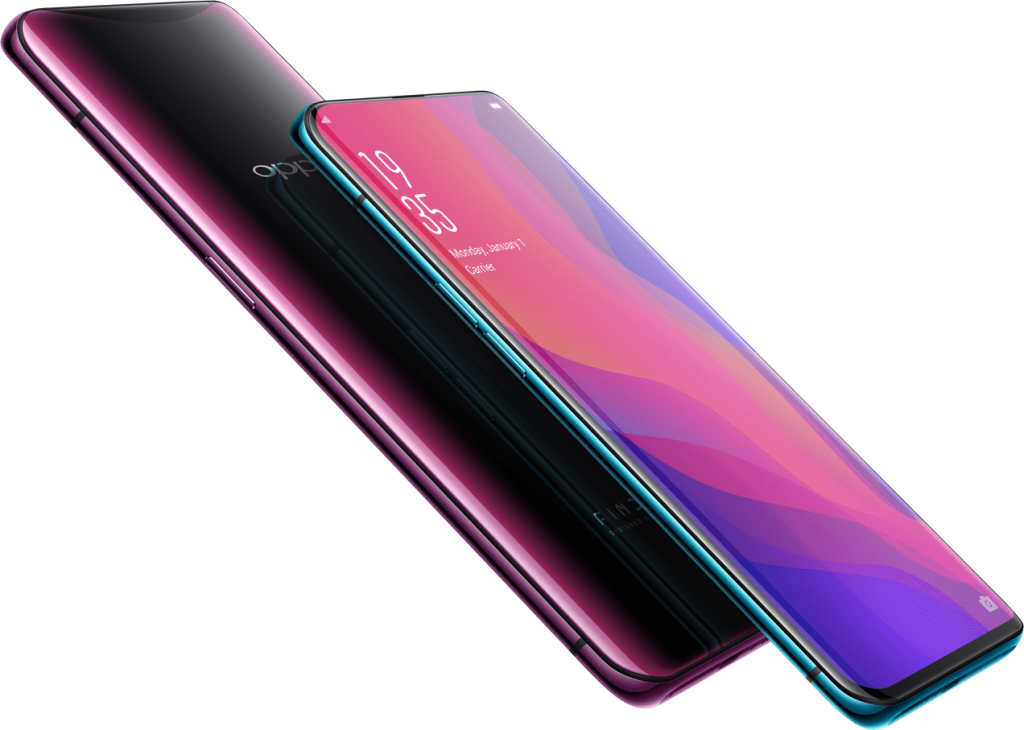How Smartphone Makers Try to Achieve ‘All-Screen’ Devices
There was a time when mobile phone makers competed on who produced the most compact or smallest devices. However, as the age of smartphones emerged, it’s no longer a race of going smaller. The competition in now about offering the most compact device without necessarily making it smaller. Apparently, the main gauge for this compactness is the screen-to-body ratio, that’s why smartphone makers are obsessing on offering “all-screen” devices.
But how are companies able to offer true “all-screen” smartphones when there are several components that are unalienable from the front side? For one, where should the selfie camera be positioned? How about the speakers and microphones for making calls? A number of the traditional front-facing facing components such as the Home button have already been eliminated, but it’s still a major challenge to engineer a smartphone that has nothing on its front but a beautiful high-resolution display pane, in OLED preferably.
Notched and Cut Out Displays Excluded

Just to make it clear, the notch popularized by the iPhone X and the cutout display introduced by the Samsung Galaxy 10 are not acceptable solutions in attaining an “all-screen” device. The notches and cutouts take away the continuity of a display covering the entire front side of a device, top to bottom, side to side. These have been widely panned by customers, but they still remain to be the most popular way to expand the screen-to-body ratio. Arguably, this is partly because it’s what the top tier iPhone looks like and many still covet the expensive and excellently-performing device from Apple.
The Quest for All-Screen Devices
So going back to the main topic of this post, how are companies creating the true all-screen smartphones? There have been a few moves in the right direction as exemplified by the following:
Bone/Tissue Conduction Speakers
Loudspeakers on smartphones can be relocated to the back while the microphone can be moved to the bottom of the device. However, the same is still difficult to implement with the speakers used for making calls. There has to be at least one speaker facing the ear to allow the phone user to hear the person on the other end of the call.
Well, this does not have to be the case. Several years back, a less popular smartphone maker from Japan, Kyocera, introduced a device that ditched the front-facing speaker for receiving calls: the Kyocera Urbano Progresso. This was made possible by using Kyocera’s proprietary “Smart Sonic” receiver tissue conduction technology. It does not use speaker cones. Instead, it transmits sound signals through the display and “heard” by the tissues and bones as the sound vibrations travel into the auricular system.
A couple of years later, another Japanese company, Sharp, offered a device with a huge screen-to-body ratio that also abandoned the front-facing speaker by implementing its “Direct Wave” receiver bone conduction speaker technology.
On-Display Fingerprint Scanners
Up until around a couple of years ago, physical home buttons in front of smartphones were still deemed necessary. Some devices use these buttons to house the fingerprint scanner (FPS), since many find it more intuitive to have the FPS in front instead of the back or sides. To keep the FPS in front while taking away the physical home button, the solution is to embed it on the screen.
This is what Samsung did with its Galaxy S10 flagship device, which uses an ultrasonic sensor underneath the display. Apple intends to follow suit for its successor of the iPhone X. This ultrasonic FPS system is not as fast and reliable as the traditional fingerprint readers, but it gets the job done.

Sliding and Pop-up Front-Facing Cameras
One of the most challenging front-facing components to move around is the camera. The sensor has a considerable bulk, and it’s difficult to put it under the screen as the image quality would suffer. There are plans by several manufacturers to produce phones in-display front-facing cameras, but it’s too early to decide if they really work without compromising image quality.
One ingenious solution to take away the front-facing camera from the front panel of smartphones is to install them as a pop-up or sliding component. Examples of which are the OnePlus 7 Pro (pop-up), Oppo Reno (sliding “shark fin”), and the Samsung Galaxy A80 (body slider).
There are devices that make use of rotating cameras, but they don’t qualify as true all-screen smartphones because their cameras still take up a considerable portion of the front panel.

Is There a Real All-Screen Smartphone Right Now?
The answer is there are none. You still can’t find devices with nothing but a screen and uniform bezels in front. However, there are some devices you can buy right now that come close. In fact, there’s one released in 2018: the Vivo Apex. It has a 1-millimeter bezel on top and on the sides, and around 4 millimeters at the bottom (which is referred to as a chin, disqualifying it as true all-screen phone).
Manufacturers are still having a hard time tucking away important parts such as the proximity sensors and the camera. However, a lot of progress has been made. Soon, smartphone makers may start a new race towards fully bezel-less devices, something similar to Samsung’s smartphones with edge screens on the sides, but one with edge screens on all four sides.
Do You Really Need All-Screen?
Certainly not – but it’s exciting to see how technology progresses that it is eventually able to downsize or conceal parts that used to contribute a lot to the bulk and thickness of smartphones. Admit it or not, it’s just a matter of vanity for consumers. On the part of the smartphone makers, it’s a way to demonstrate their engineering prowess. Regardless, it’s not wrong to stretch how far technology can get to achieve stunning device designs.